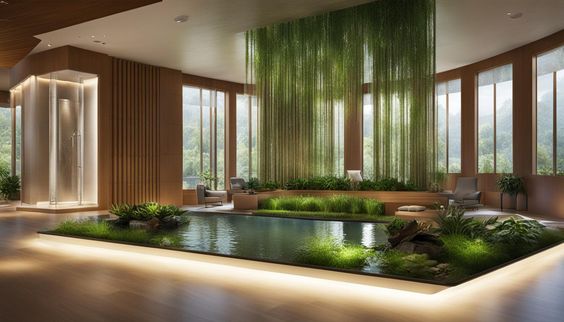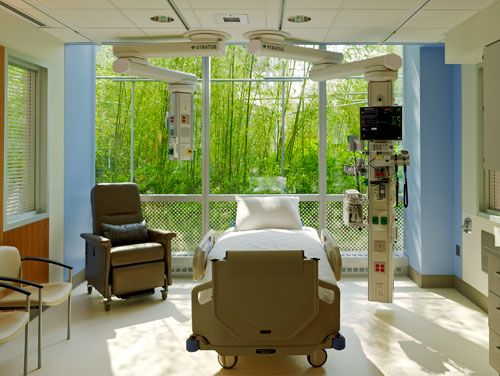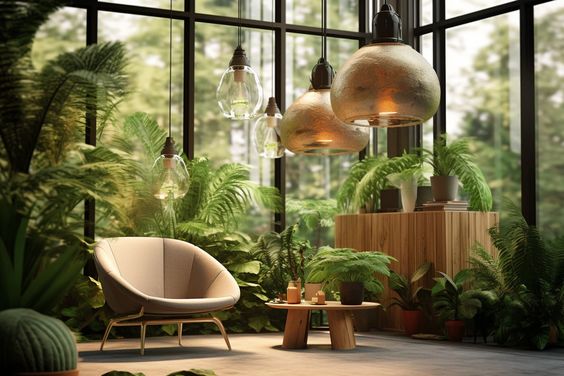Biophilic design is an innovative approach that incorporates natural elements into built environments to create spaces that promote well-being and productivity. This design philosophy is based on the inherent human connection to nature, aiming to integrate natural elements and patterns into our living and working spaces. This article explores the principles of biophilic design, its benefits, and practical applications for creating healthier and more inspiring environments.
Understanding Biophilic Design
Biophilic design goes beyond mere aesthetics, focusing on creating a harmonious relationship between nature and human-made environments. It involves integrating natural materials, natural light, vegetation, and other natural elements into spaces where people live and work.
Principles of Biophilic Design
– Incorporating Natural Elements
Using natural materials such as wood, stone, and plants can significantly enhance the aesthetic and psychological appeal of a space.
- Benefits: Increases comfort, reduces stress, and improves air quality.
- Applications: Indoor gardens, green walls, and natural materials in furniture and finishes.
– Maximizing Natural Light
Designing spaces that allow for ample natural light can boost mood and productivity while reducing the need for artificial lighting.
- Benefits: Enhances well-being, reduces energy consumption, and supports circadian rhythms.
- Applications: Large windows, skylights, and open floor plans.
– Creating Nature-Inspired Spaces
Incorporating shapes, patterns, and textures found in nature can create a calming and stimulating environment.
- Benefits: Fosters creativity, enhances visual interest, and provides a sense of connection to nature.
- Applications: Nature-inspired decor, biomorphic forms in architecture, and natural color palettes.

Benefits of Biophilic Design
Biophilic design has been shown to improve mental and physical health by reducing stress, enhancing mood, and increasing overall well-being.
- Evidence: Studies indicate that exposure to natural elements can lower blood pressure, improve cognitive function, and boost immunity.
Boosting Productivity and Creativity
Natural elements in the workspace can enhance cognitive function, creativity, and productivity.
- Evidence: Research suggests that employees in biophilic workspaces experience higher job satisfaction and increased productivity.
Practical Applications of Biophilic Design
1.Residential Spaces
Incorporating biophilic design principles in homes can create relaxing and rejuvenating living environments.
- Examples: Indoor plants, natural light, and using natural materials for furniture and decor.
2.Commercial Spaces
Biophilic design can transform offices, retail stores, and other commercial spaces into healthier and more appealing environments.
- Examples: Green walls in offices, nature-inspired interiors in stores, and ample natural light in workspaces.
3.Educational and Healthcare Facilities
Schools and hospitals can benefit from biophilic design by creating environments that promote learning, healing, and well-being.
- Examples: Nature views in classrooms, healing gardens in hospitals, and natural materials in communal areas.

Biophilic design is more than just a trend; it is a transformative approach that brings the benefits of nature into our everyday environments. By incorporating natural elements and principles into design, we can create spaces that enhance well-being, boost productivity, and foster a deeper connection with the natural world. As we continue to recognize the importance of nature in our lives, biophilic design offers a sustainable and health-promoting solution for the future of interior and architectural design.

